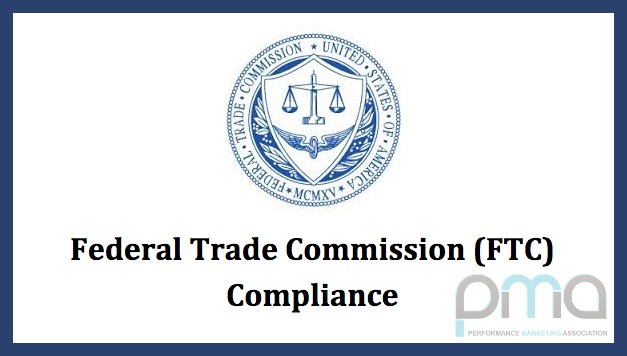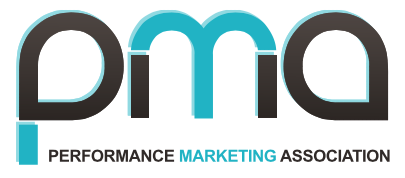
FTC Targets Influencers for Promoting Trade Associations on TikTok and Instagram
Although it’s only performance marketing adjacent, new warning letters sent to two trade associations and 12 influencers give us new insight into the way that the FTC is applying the recentlly updated disclosure standards (Guides Concernging the Use of Endorsements and Testimonials in Advertising). The trade associations paid the influencers to promote the safety of sugar and aspartame on TikTok and Instagram.
The influencers did use the “Paid Partnership” disclosure tools built into the social media platforms. In addition, they included some disclosures such as “#ad,” “#sponsored,” “AD,” “Paid partnership with @cdnsugarnutr,” “ameribev,” “#safetyofaspartame.com,” and “#safetyofaspartame.” Most of the posts were videos with text descriptions. (You can read more details about each influencer’s specific posts in the letters that were sent to them individually. The main facts are set out in the letters sent to the two associations.)
Here are some of my key takeaways from the various documents:
- The letters specifically mention that the penalty for non-compliance in the future is “up to $50,120 per violation.”
- One of the trade associations put on notice is actually based in Canada.
- The FTC reiterated that the built-in disclosure tools of the platforms are likely not conspicuous enough.
- The influencers did disclose, but because the disclosures were not sufficient for the reasonable consumer to understand them, the associations and influencers could still be held liable.
- The FTC went back to using the old language of “clear and conspicuous” and did not include the newer “unavoidable” language.
- Placement of the disclosure hashtags in text was a key. Viewers should not have to click on truncated text to get to the disclosures.
- When video is used, the disclosures should be superimposed with large text over the videos. Small print text at the bottom of the video is not sufficient.
- When the video endorsements are both visual and audible, the disclosure needs to be both visual and audible.
- Even the use of “#ad,” “paid partnership,” and “#sponsored” may not have been sufficient because the viewers were not likely to understand that the influencer was being paid to promote sugar and aspartame in general. Including “ameribev” and “cdnsugarnutr” did not help because consumers were unlikely to understand what those meant.
These letters are incredibly interesting because they reinforce the idea that the “Guidelines” are truly only guidelines and not hard and fast rules. The FTC is looking to the totality of the endorsement situation to determine whether the consumer would understand that the person making the claims (influencer, publisher, etc) was being compensated or influenced to make the claims (the “material connection).
Would these associations and influencers lose in court if they fought any penalties based on these particular advertisements given that they DID attempt to disclose? It’s hard telling. But would it be worth the resources and legal fees to fight it? Best to try to comply rather than find out!
Did you see our free webinar on the recent FTC disclosure updates? Click here for more information and the link to watch the replay.

 Follow
Follow